How to clean a stained toilet bowl - experts reveal the best cleaning hacks for a sparkling loo
Yes, a pumice stone is on this list…
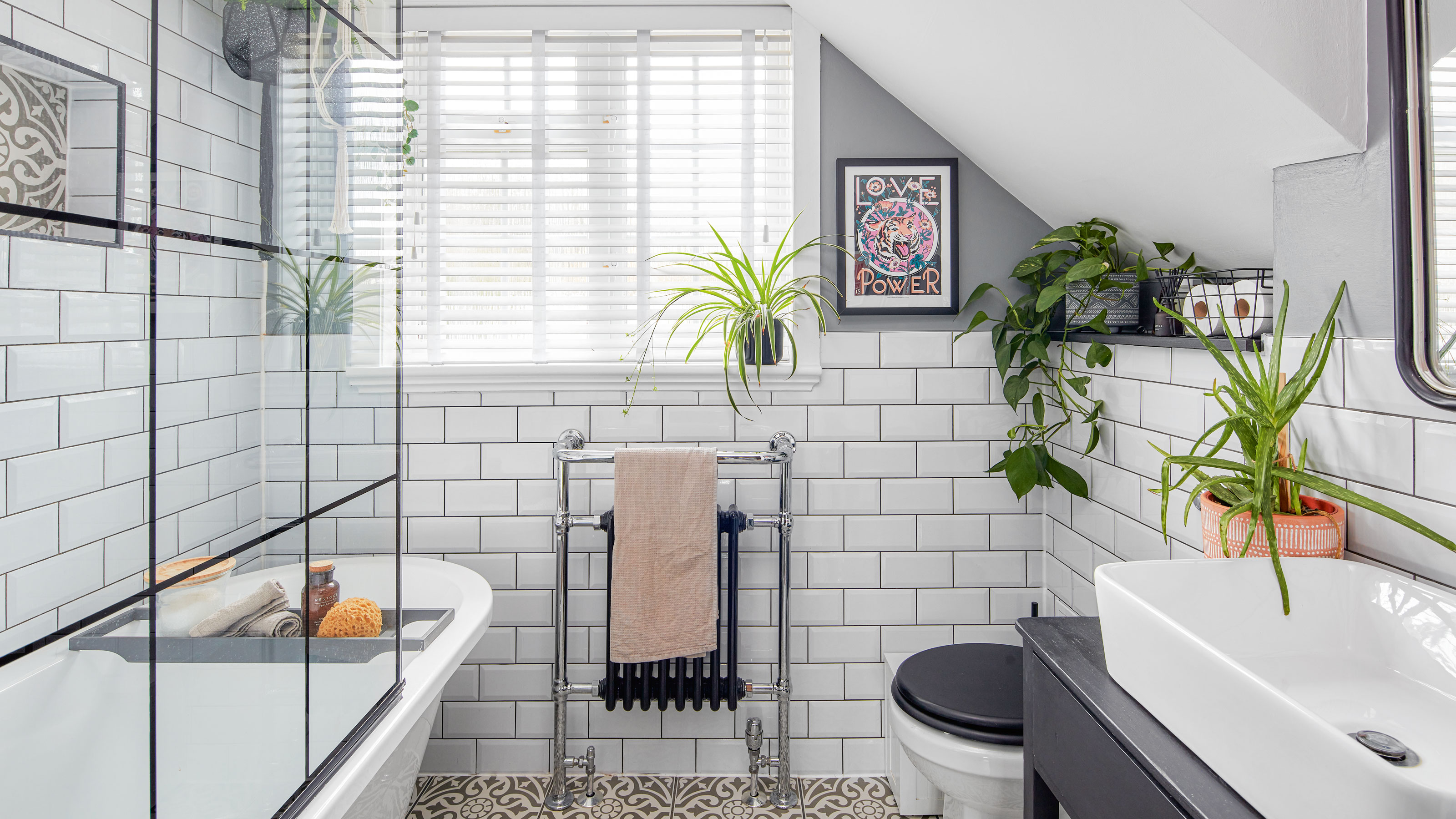

Knowing how to clean a stained toilet bowl isn’t the most glamorous nugget of information you can have in your back pocket, but it’s certainly a practical one. Not only will it keep your toilet sparkling clean, but it’ll also keep it free of any potentially harmful germs or deposits that could be lingering in your bathroom.
A stained toilet bowl can be caused by anything from hard water to mould growth, but no matter what’s causing the staining, it’s important to keep on top of cleaning a toilet. Fail to do so, and you may find that your bathroom ideas are being scuppered by embarrassing staining that’s impossible to remove. After all, the longer you leave it, the harder it will be to clean a stained toilet bowl.
So, take this as your sign to add this easy task to your cleaning calendar and rid your toilet bowl of staining using common household products.
How to clean a stained toilet bowl
‘Cleaning a stained toilet bowl using natural cleaners is environmentally friendly and often as effective as harsh chemicals,’ explains Ava Wilson from Unclutterer. And with numerous options to choose from, you’ll have your toilet bowl stain-free in no time.

Ava Wilson, Unclutterer’s Chief Editor with 25 years in cleaning, started with a mop and now leads a team of 20. Merging hands-on experience with management expertise, she transforms cleaning into inspiring lessons. Ava's eco-focused insights make Unclutterer a go-to for sustainable cleaning wisdom.
1. Use baking soda and vinegar
The combination of baking soda and white vinegar can be likened to dynamic duos such as jelly and ice cream, Ant and Dec, and ketchup and mustard. Yes, cleaning with vinegar is always a good idea, as it’s a natural disinfectant and fungicide - which means you’re covered if the stains in your toilet bowl are caused by mould or mildew.
This, coupled with the mild abrasive nature of baking soda, makes them a match in cleaning heaven, and the baking soda also has the bonus of being a natural whitener and deodoriser, too.
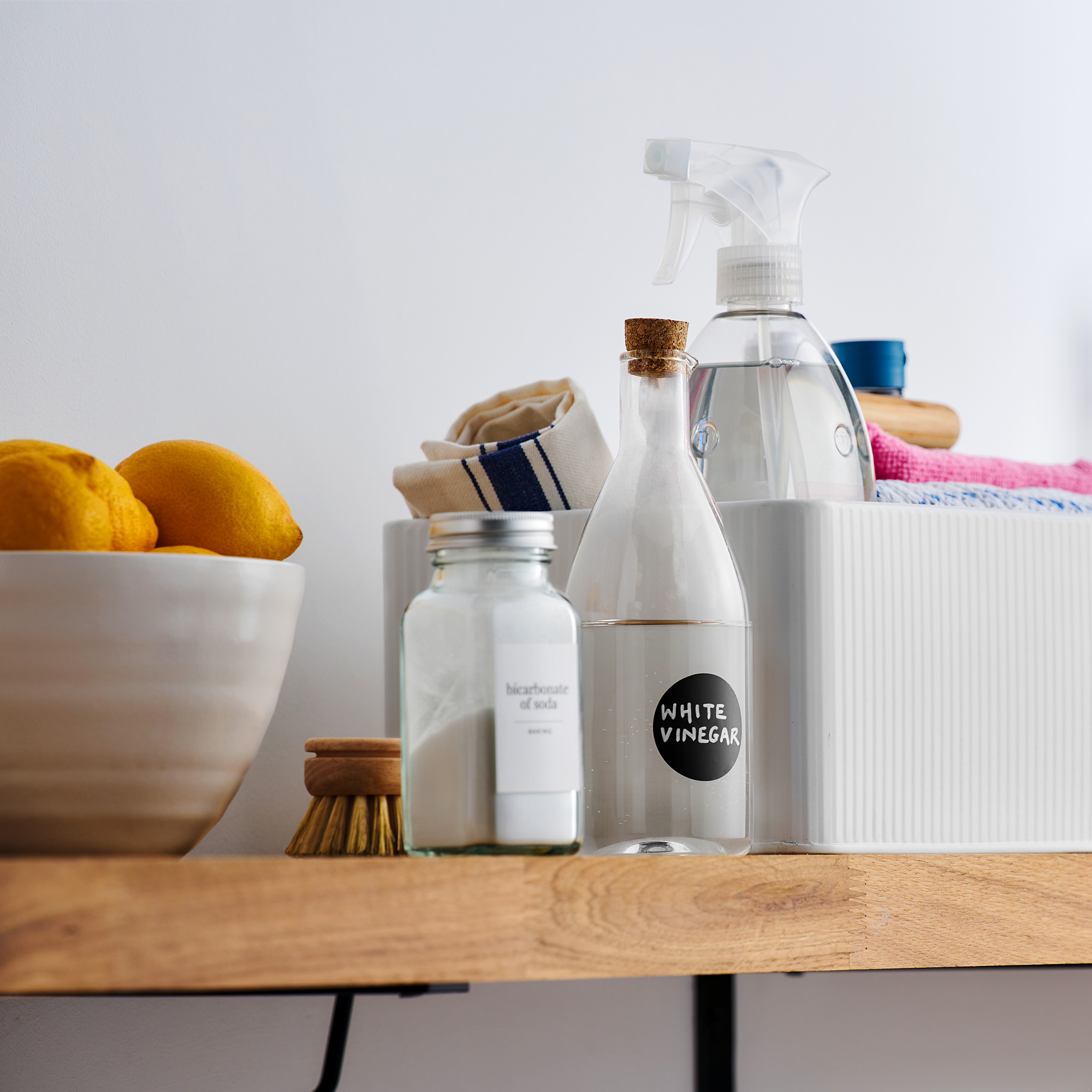
All you need to do is sprinkle some baking soda into your toilet bowl first. Then, Nicholas Auckland, plumbing expert at Trade Radiators, explains, ‘Use a toilet brush to firmly scrub at any stains. Make sure that you clean under the waterline and underneath the rim, as this is often a place where dirt can sit and be unnoticed therefore leading to staining.’
Let it sit for around 15 minutes, and then pour two cups of white vinegar into the bowl and let it sit once more. You should only need to leave this mixture for around 30 minutes for it to work its magic, but if you have particularly stubborn stains, you may need to wait even longer - or even overnight - before you can flush it away.
I can vouch for this combination myself, as I was able to successfully clean goodness-knows-how-many-years’ worth of grime from my toilet when I moved into my house. Now, it sparkles like new, and I have been able to keep the staining at bay using a top-up of vinegar every couple of weeks.
2. Use a pumice stone
Pumice stones are already a bathroom staple, with many using them to exfoliate tough skin. But what you might not realise is that pumice stones are also the key to a sparkling loo that’s free from staining.
A pumice stone like this one from Amazon can successfully clean a stained toilet bowl as the soft stone is harder than the mineral deposits but still softer than the hard porcelain. This allows you to scrub the stains using the pumice stone without any brute force or any other products or hacks. It’s incredibly easy to do, and you can even buy pumice stones on a stick (like this one, also from Amazon) to help you scrub beneath the water line.
You need to be careful, though. This method should only be used on a porcelain toilet and only to remove tough stains. You should never use this on a regular basis, as you could permanently scratch your toilet.
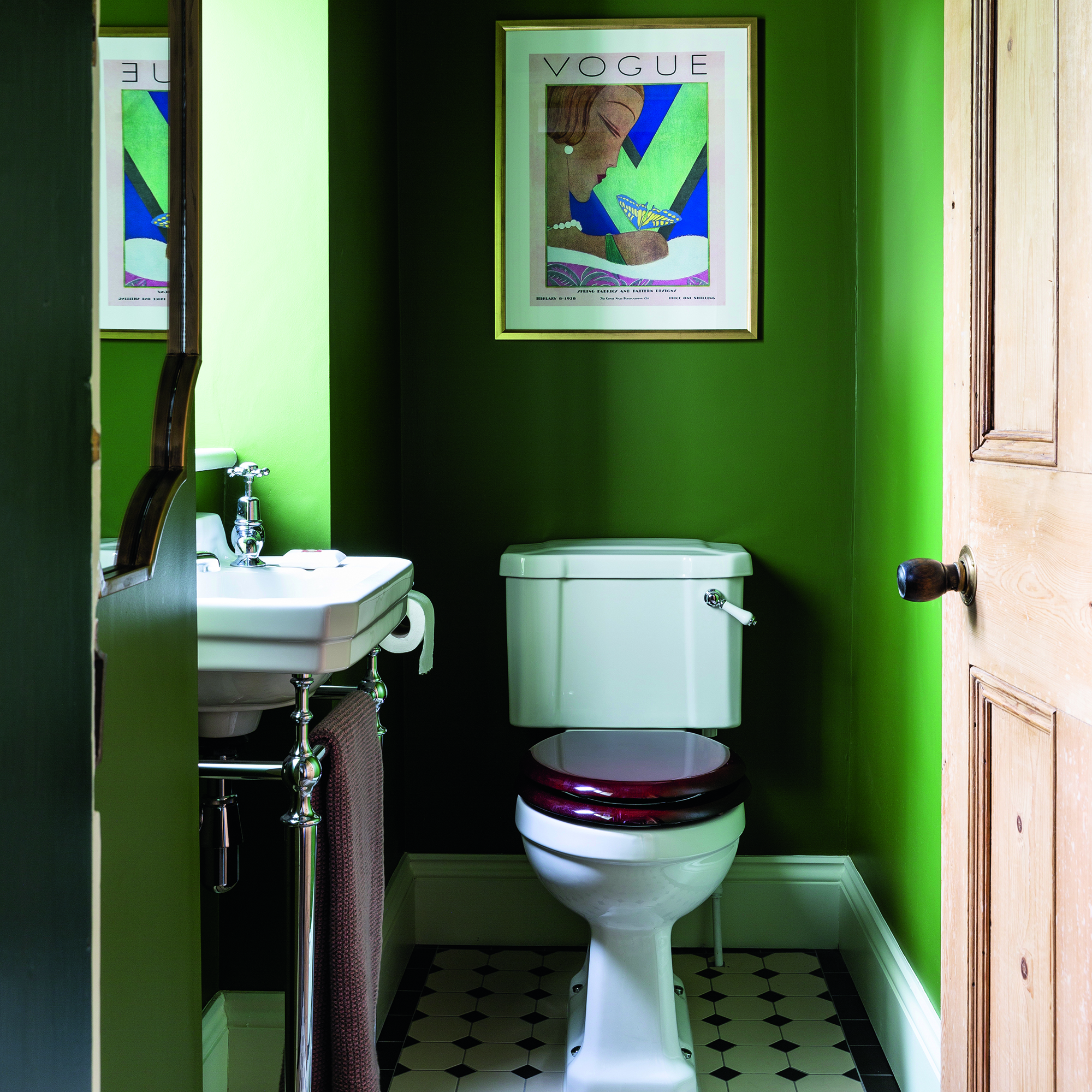
3. Use lemon
Lemons may be a welcome addition to your fruit bowl, but they can also be a welcome addition to your cleaning regime. In fact, did you know that you can clean an oven with lemon? Not only that, but they can also break down the tough mould or mineral deposits that stick to the inside of your toilet bowl.
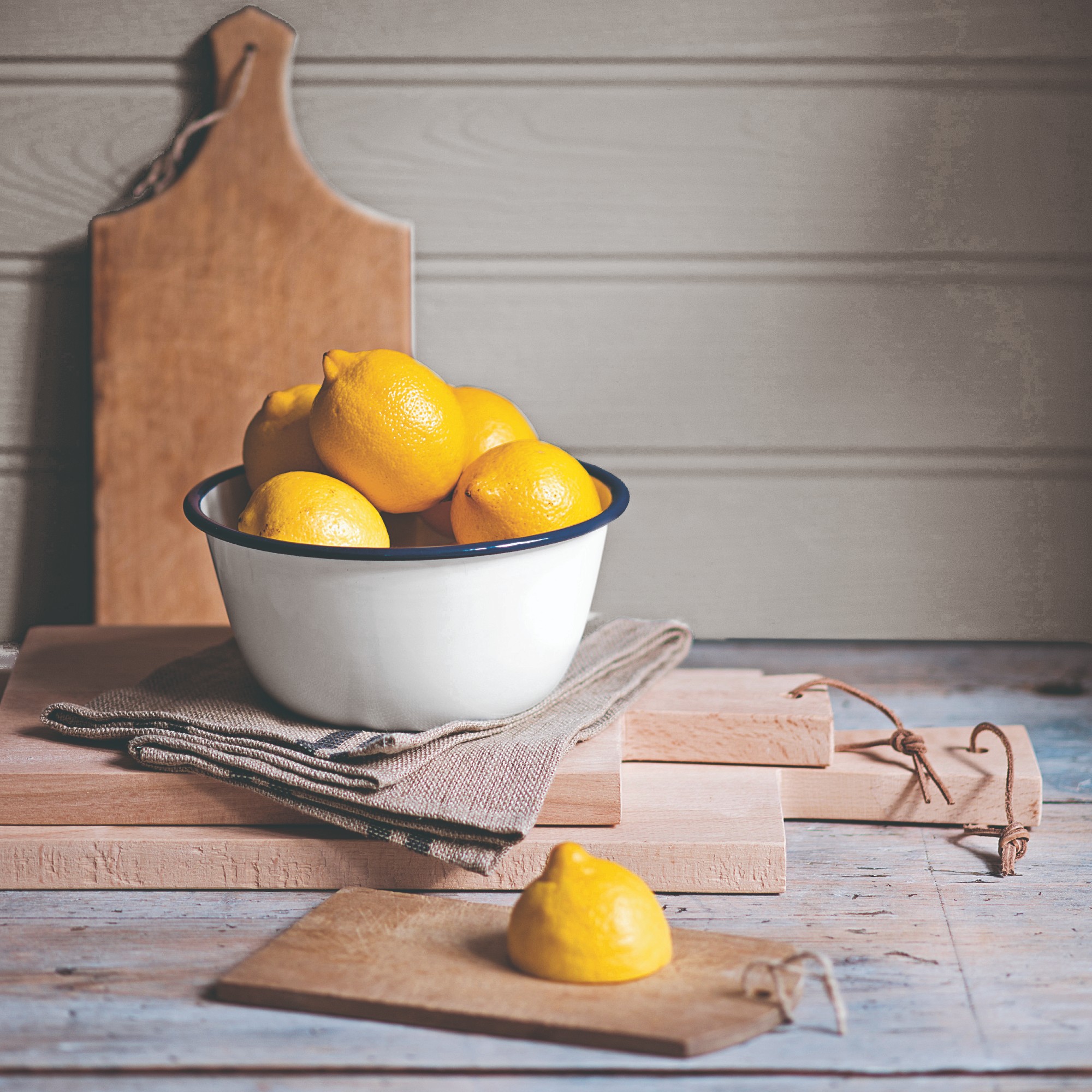
To use lemon to clean your toilet, you need to mix a 1:1 ratio of lemon juice and water in a spray bottle and then spray it on the affected areas. Then, leave this mixture to break down the stains and the mineral deposits for around 30 minutes - or longer if necessary.
Finish by scrubbing the toilet with your toilet brush to loosen any remaining deposits, and then flush the toilet. Of course, this method also has the added bonus of leaving your toilet smelling fresh and clean.
4. Use Coca-Cola or Pepsi
If your family is full of regular fizzy pop drinkers, you might be happy to know that these carbonated drinks can also come in handy if you’re looking to clean a burnt pan or clean a stained toilet bowl. In fact, it’s best to keep a couple of cans of Coca-Cola or Pepsi to one side for your cleaning adventures.
Ava explains, ‘The phosphoric acid in these sodas can help dissolve calcium and lime stains. Pour a can into the bowl and let it sit for several hours before scrubbing. This can be surprisingly effective.’
Of course, you should then finish by flushing your toilet and then repeating as necessary until you have a clean and stain-free toilet bowl.
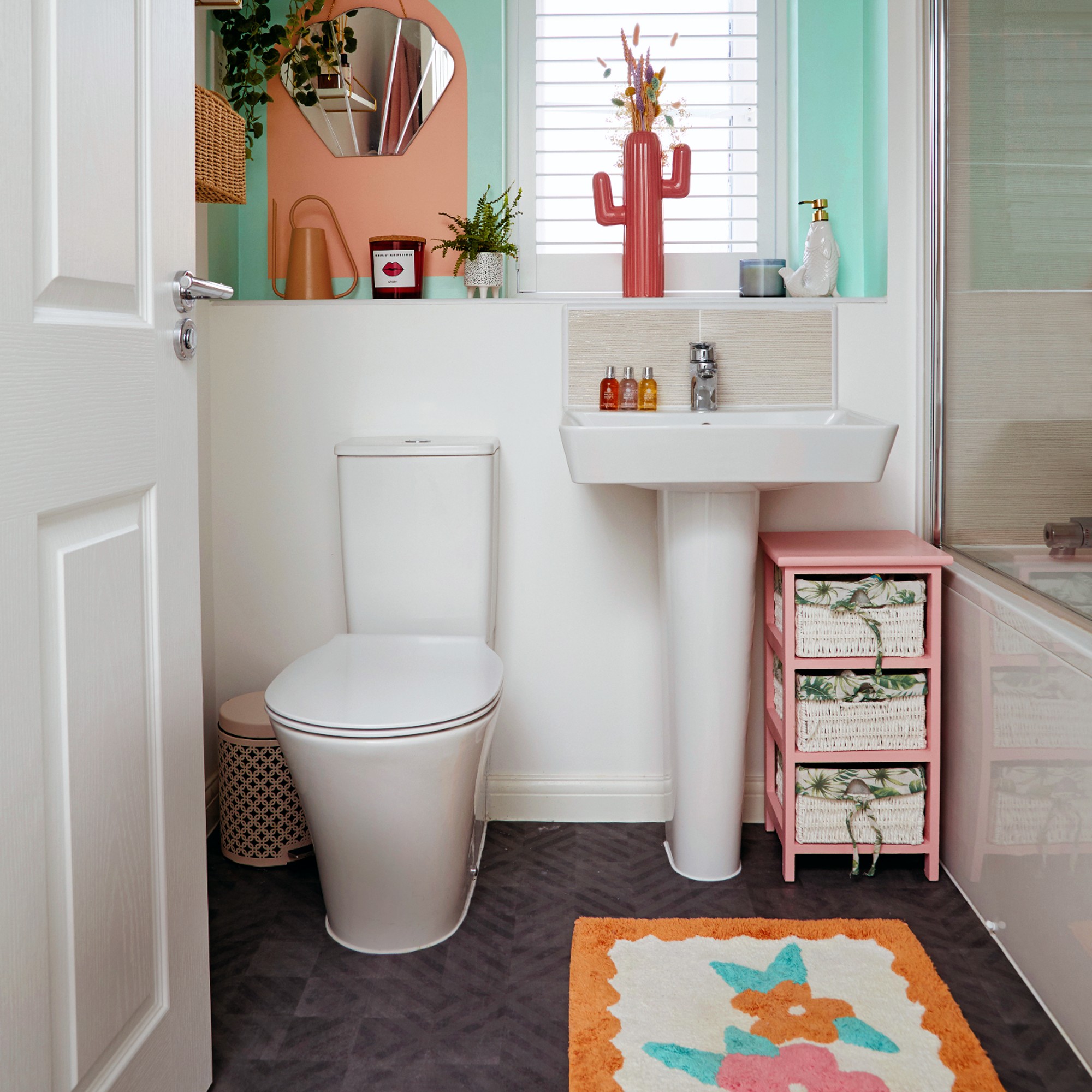
FAQs
How do you clean a badly stained toilet bowl?
To successfully clean a badly stained toilet bowl, it’s always a good idea to understand what’s caused the staining in the first place. This will help you choose the right cleaning products and understand how you could potentially prevent such a thing from happening again.
Staining caused by hard water: ‘If you live in a hard water area, limescale can build up at the bottom of your toilet really easily, making it look dirty all the time,’ explains Lynsey Crombie, AKA Lynsey Queen of Clean. ‘No amount of bleach or scrubbing seems to get this awful-looking brown build-up off the bottom of the loo. Bleach may look like it is working, but it is just bleaching and whitening the actual limescale, and you will notice that it will return fairly quickly.’ So, to get rid of these hard water stains, it’s best to opt for an abrasive cleaner such as baking soda or a pumice stone.
Staining caused by mould: Many people don’t realise that they can get a mouldy toilet, but if you spot fuzzy grey or black patches in your toilet, there’s a high chance that mould is the issue. To combat mould stains in your toilet, opt to use lemon juice or another disinfectant. To stop the mould from coming back, it’s best to use anti-mould chemicals.
Staining caused by mildew: Mildew is a type of mould and is essentially mould in its earliest form. A clear indicator of mildew staining in your toilet is white patches close to the lid. If you spot this type of staining, you can use any of the above products - but focusing on products that are disinfectant and anti-fungal will work in your favour.
How can I remove brown stains from toilet bowl?
A mixture of white vinegar and baking soda is the best way to remove brown stains from a toilet bowl, as the baking soda is mildly abrasive and deodorising, while the white vinegar is a natural disinfectant.
The combination of both will create a chemical reaction that will work wonders if left to its own devices for around 30 minutes. Of course, if you have particularly stubborn stains, you’ll need to leave it for a lot longer, and it may even be worth your while to leave it overnight before giving it a good scrub with your toilet brush.
Toilet stains, be gone!
Get the Ideal Home Newsletter
Sign up to our newsletter for style and decor inspiration, house makeovers, project advice and more.

Lauren Bradbury has been the Content Editor for the House Manual section since January 2025 but worked with the team as a freelancer for a year and a half before that. She graduated with a Bachelor’s degree in English and Creative Writing from the University of Chichester in 2016. Then, she dipped her toe into the world of content writing, primarily focusing on home content. After years of agency work, she decided to take the plunge and become a full-time freelancer for online publications, including Real Homes and Ideal Home, before taking on this permanent role. Now, she spends her days searching for the best decluttering and cleaning hacks and creating handy how-to guides for homeowners and renters alike, as well as testing vacuums as part of her role as the Ideal Home Certified Expert in Training on Vacuums, having spent over 110 hours testing different vacuum models to date!
-
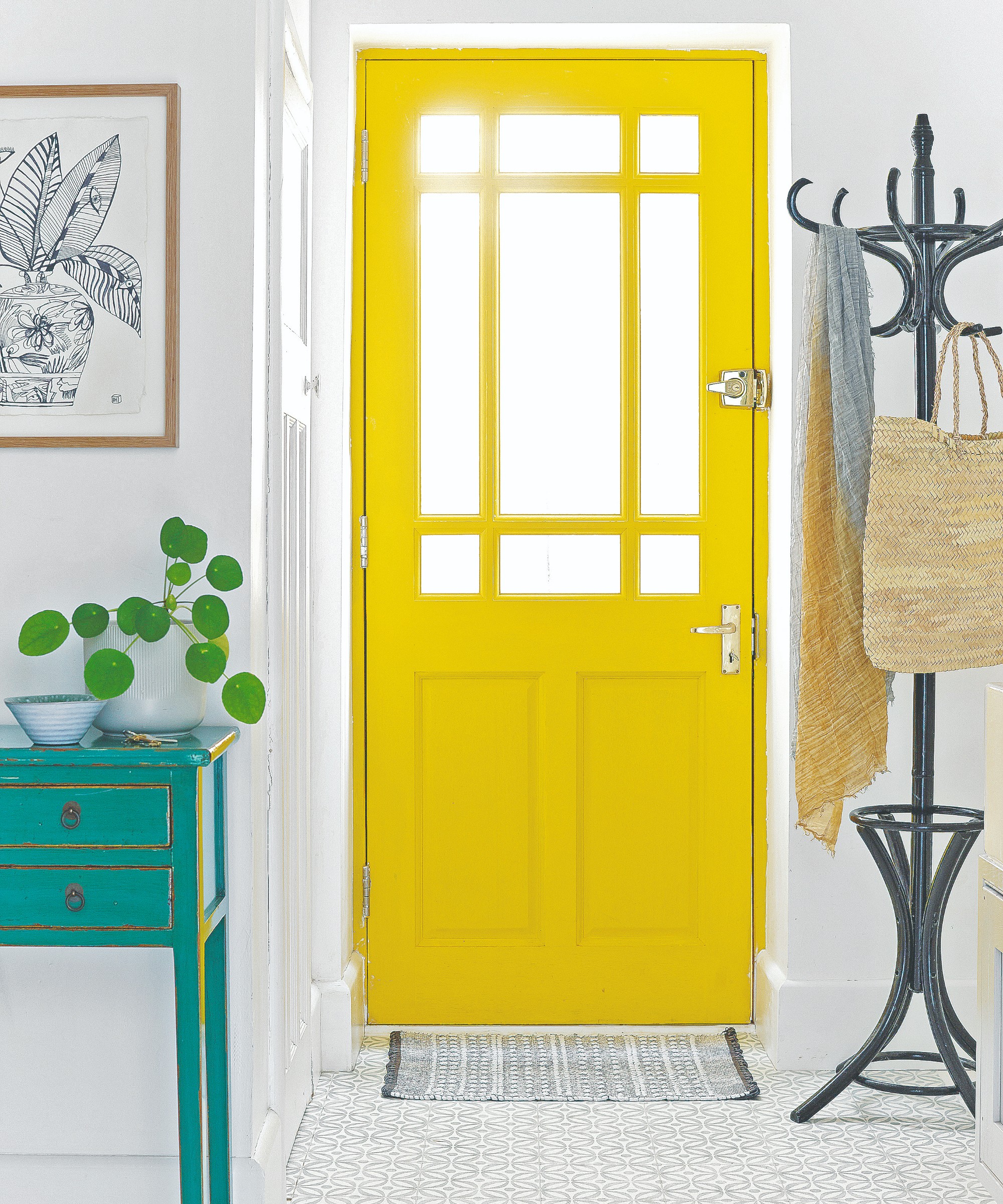 5 most welcoming colours to paint a front door, according to experts and colour psychology
5 most welcoming colours to paint a front door, according to experts and colour psychologySend out the welcoming vibes before the door is even open
By Ellis Cochrane
-
 How and when to fertilise peonies for bigger, brighter blooms, according to experts
How and when to fertilise peonies for bigger, brighter blooms, according to expertsFind out everything you need to know about fertilising peonies and how to boost their beautiful blooms for longer
By Lisa Fazzani
-
 5 fragrant shrubs that will fill your garden with a gorgeous scent this summer
5 fragrant shrubs that will fill your garden with a gorgeous scent this summerAdd an extra dimension to your outdoor space with these scented shrubs
By Kezia Reynolds